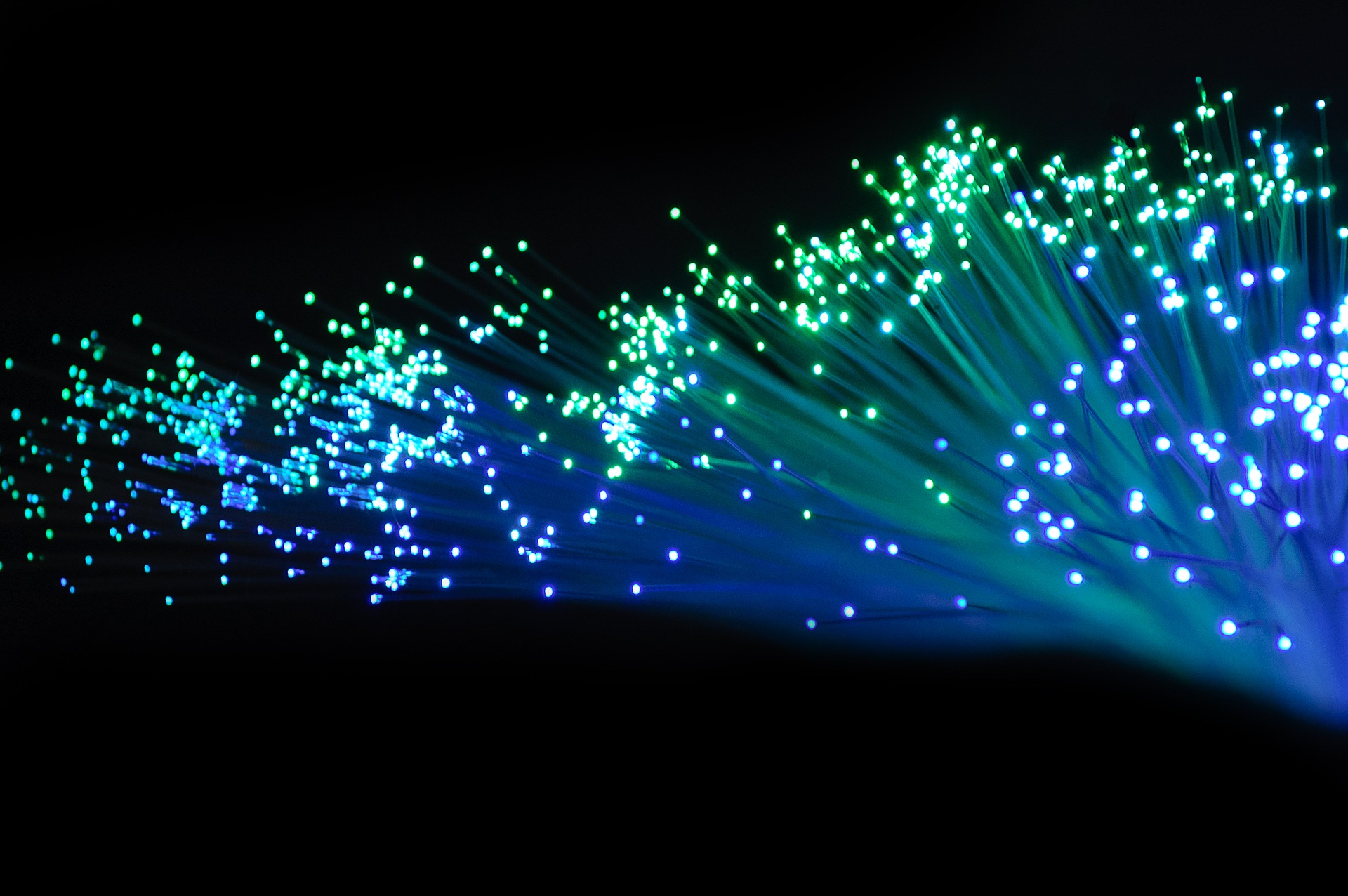
May 22, 2018
The way data is encrypted over the Internet today is fundamentally insecure. Whether sending emails or browsing the web, users rely on the fact that it is computationally infeasible — but not impossible — to decrypt our sensitive data using classical computers.
Quantum computers, however, don’t play by the same rules.
“Future quantum computers would be capable of cracking modern encryption methods in significantly less time,” says Professor Glenn Gulak of The Edward S. Rogers Senior Department of Electrical & Computer Engineering (ECE). “The good news is that we don’t yet have a quantum computer that threatens the public-key algorithms that protect our data; the bad news is that we cannot afford to wait for the day when quantum computers are an immediate threat.”
While quantum computing is still in the early stages of development, a technique known as Quantum Key Distribution (QKD) can be applied today to establish a secret key between two remote parties who wish to communicate with perfect secrecy over untrusted channels, such as the Internet.
QKD, an example application of quantum cryptography, is based on the physically unclonable properties of light and allows the two remote parties to detect an adversary or eavesdropper. The challenge in QKD, however, is efficiently distributing secret keys over fibre-optic cable for distances beyond 100 kilometres.
In a recent paper published in Nature Partner Journal Quantum Information, Dr. Mario Milicevic (ElecE 1T0, ECE PhD 1T7), Dr. Chen Feng (ECE MASc 0T9, PhD 1T4), Dr. Lei M. Zhang (ECE MASc 1T1, PhD 1T7), and Professor Glenn Gulak (ECE) demonstrate the application of structured error-correcting codes to extend the maximum distance of continuous-variable QKD over standard fibre-optic cable up to 140 kilometres.
The team showed that by constructing codes with a particular structure, highly-efficient decoders can be designed to take advantage of hardware acceleration offered by modern graphics processing units (GPUs). “This work demonstrates that error-correction decoding is no longer a computational bottleneck in long-distance QKD,” says Dr. Milicevic. “Our work has eliminated a major barrier. To go beyond 140 kilometres, we must find new ways to reduce excess channel noise through further research in both electronics and photonics.”
In the future, such codes can be used to implement area- and energy-efficient decoders for single-chip QKD systems that combine optical and computational processing circuits. Single chip systems would accelerate the adoption of QKD in modern network infrastructure with lower cost, power, and integration complexity.
More information:
Jessica MacInnis
Senior Communications Officer
The Edward S. Rogers Sr. Department of Electrical & Computer Engineering
416-978-7997; jessica.macinnis@utoronto.ca